Southwest DC’s Luxury Development 555 Ready for Move-Ins
CityPartners Founder Geoffrey Griffis and Partner Greg Faron, together with citizenM's Managing Director Ernest Lee, discuss what makes the project unique for the market, given the challenging times for the hotel industry.
The National Mall in the Southwest quadrant of Washington, D.C., is about to welcome as its new neighbor the first multifamily building in the last decade, as five renowned real estate companies wrap up 555, a mixed-use development at 555 E St. SW. CityPartners, Potomac Investment Properties, DC Strategy Group, Paramount Development Corp. and Adams Investment Group came together in 2018 to break ground on the 12-story, 194-unit residential building, which will be complemented by citizenM’s first European-style hotel in the D.C. market.
The development will encompass studio, one- and two-bedroom apartments as well as penthouses ranging from 600 to 1,200 square feet, plus 10,000 square feet of retail space, all of which is located within walking distance of the world-class waterfront project The Wharf. CityPartners’ Founder Geoffrey Griffis and Partner Gregory Faron, together with citizenM’s Managing Director Ernest Lee provide insight into what to expect from 555’s residential, retail and hotel components, particularly in these challenging times for both the retail and hospitality industries.
READ ALSO: CRE Development Is Hampered by COVID-19 Protocols
Tell us why you chose the Southwest quadrant of Washington, D.C., for this mixed-use project.
Griffis: We believe that Southwest D.C. is the strongest diversified market in the Washington region, having evolved into a connected and exciting area to live over the past few years. Southwest is home to many of Washington’s most treasured cultural destinations, including the award-winning Arena Stage theater, the brand-new waterfront destination The Wharf, the 6,000-seat music venue The Anthem, The International Spy Museum, and The National Air and Space Museum and other Smithsonian museums.
From a transportation perspective, Southwest D.C. has the best and most plentiful options for getting around. Located just across the river from Reagan National Airport, it is serviced by five of the six Metro lines, is the second-busiest Metro station in the region, has easy access to interstate highways 395, 695 and 295 and is the hub of the Virginia commuter rail. In addition, whether you are launching a kayak from The Wharf, playing a round of golf at Hains Point or reading a book by the bucolic Southwest Duck Pond, the varied opportunities to enjoy the outdoors in Southwest are unrivaled. Once an area deeply scarred by the federal urban renewal of the 1960s, Southwest D.C. has now become an incredible place to live, work and play.
How has the pandemic impacted the project?
Faron: We were fortunate that, long before COVID-19, we had programmed a boutique building with large units that have amenities that facilitate remote work. Many of the units have balconies or terraces which can make working from home an outdoor experience. We also have many spacious, modern common areas where residents can work remotely while maintaining social distancing.
Additionally, from our location in Southwest D.C., one can easily walk or bike ride to The Wharf, the Capitol, the National Mall and the central business district, so residents are not reliant on public transportation. We believe we are as well-positioned as any building in the city to accommodate our tenants, given the concerns this pandemic has raised.
The hotel is labeled as “low-cost luxury.” What can you tell us about the residential segment?
Faron: Our project is a boutique building designed by some of the most luxury-focused designers in the world. FXCollaborative is our architect and Rottet Studio has designed our interiors. Both firms are New York-based and known for making luxury accessible. Rottet has designed several Four Seasons and Langham hotels as well as the new Conrad hotel in D.C. 555 is Rottet’s first residential project in D.C., and we couldn’t be more excited to bring them to town.
We have an assortment of curated rooms for common use, a rooftop pool and patio for grilling and outdoor entertaining, as well as large units with elegant finishes, many of which have private terraces or balconies with sweeping views of the Potomac and the city.
Name three features you really like about the residential component.
Faron: The large floor plans, the beautiful design with incredible views of the Potomac and the D.C. skyline, and the location. While the place is tucked away, it’s also incredibly connected to the rest of the city by foot, bike, public transportation and car.
What impact do you expect the project to have on the neighborhood and the wider D.C. area?
Griffis: 555 is a game changer for Southwest D.C. It is the first multifamily building to be built in close proximity to the National Mall in decades. Our project adds to the new vitality of Southwest, bringing more street-level activity that supports the growing, vibrant 24-hour community. The citizenM rooftop bar will offer visitors and residents iconic views of the U.S. Capitol and sweeping views of the city. Residents of 555 and visitors staying at the citizenM can enjoy all that the National Mall offers, in their backyard, and walk down to the new, world-class waterfront development The Wharf.
What are your strategies and expectations when it comes to leasing activity in the next quarters?
Faron: Our management company, Bozzuto, has been conducting tours virtually for some time now. They have put intensive measures in place to mitigate the spread of COVID-19 in the building. Last week, they also started in-person unit tours for prospective tenants requesting that. We are on target for our anticipated 12- to 14-month lease-up period.
What type of tenants are you targeting with the retail space?
Faron: We are very excited to have citizenM as our neighbor, which will provide both an incredible ground-floor food and beverage experience as well as a stunning rooftop bar. Both will be wonderful neighborhood amenities. In addition, we are targeting other buildings and neighborhoods serving retail, including restaurants, boutique markets, banks, child care and health and fitness tenants.
READ ALSO: Rethinking Hotels for a Post-Pandemic Scenario
What are your strategies and expectations in terms of increasing occupancy this year?
Lee: Until there is a vaccine and companies start traveling again, the short-term market conditions will be challenging, so we’ll do our best to pick up the leisure and government-related business travel that is available in the Washington, D.C., area. We do believe that opening in conjunction with an election year, especially with possible party changes in one or more branches, could be a much-needed boost for the local hotel market.
You’re also planning another European-style hotel in the D.C. area. What makes you confident about the industry during these times?
Lee: We do not believe COVID-19 will have a secular impact on travel or on the hotel business. There may be slight changes in behavior, such as the “road warrior” traveler taking fewer trips but staying longer. Overall, though, our view is that travel will recover. It’s a matter of “when,” not “if.” We’ve already seen occupancy rebound above expectations in other parts of our portfolio, for example in Europe and Asia, even without a vaccine. With this perspective, combined with citizenM’s position as a basis-oriented investor, it was most important for us to move forward with our project pipeline given the pandemic’s impact on the construction sector.
Tell us a bit about the design and what made choose a European/boutique style?
Lee: All of our properties reflect citizenM’s philosophy of “affordable luxury,” and our model centers on offering guests what they would expect from a high-end hotel, without high prices. The fundamental principles of citizenM hotels are consistent across our portfolio, and the idea is to create an environment where modern travelers can sleep and work while enjoying contemporary art, designer furniture, and 24/7 food and drink. We’ve found that this approach, which is very design-forward, tech-enabled, and guest-centric, really resonates with travelers in top-tier global cities, including Washington, D.C.

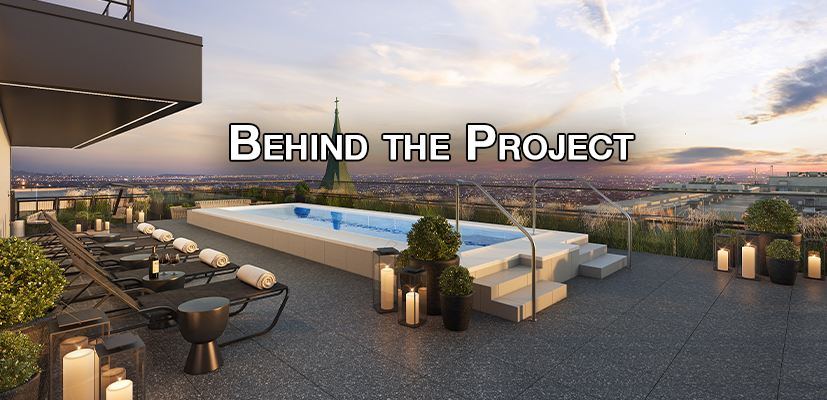
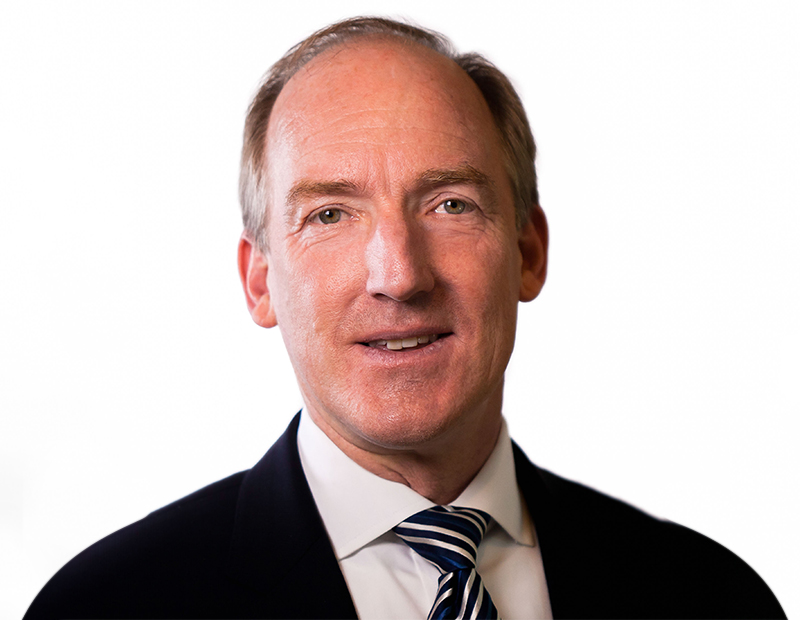
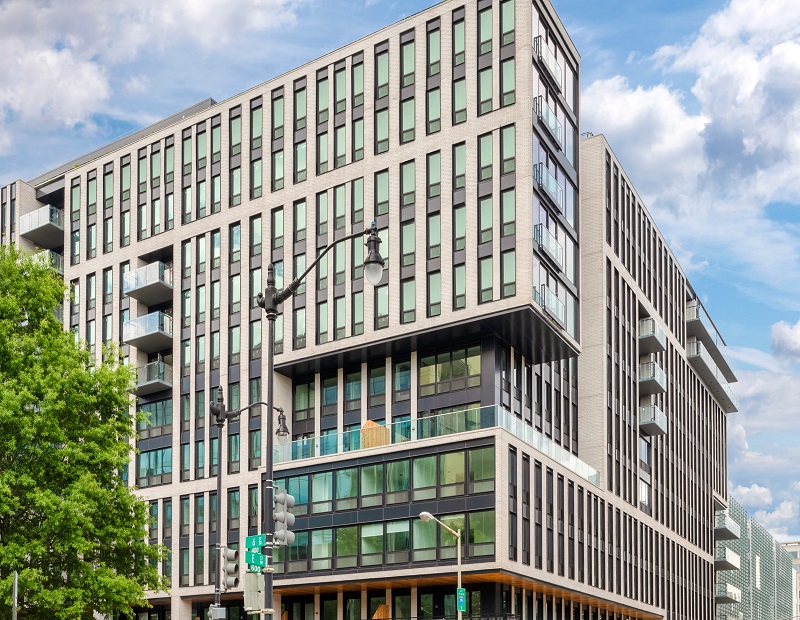
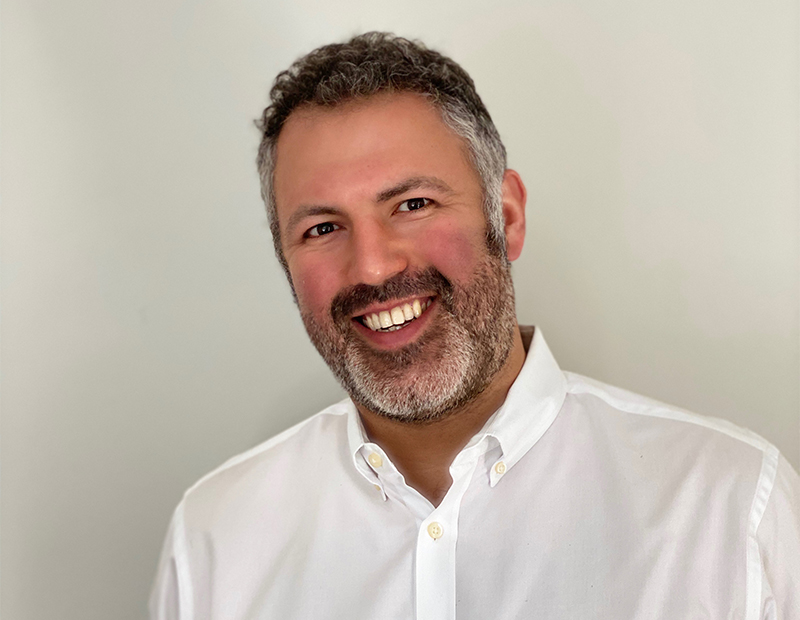
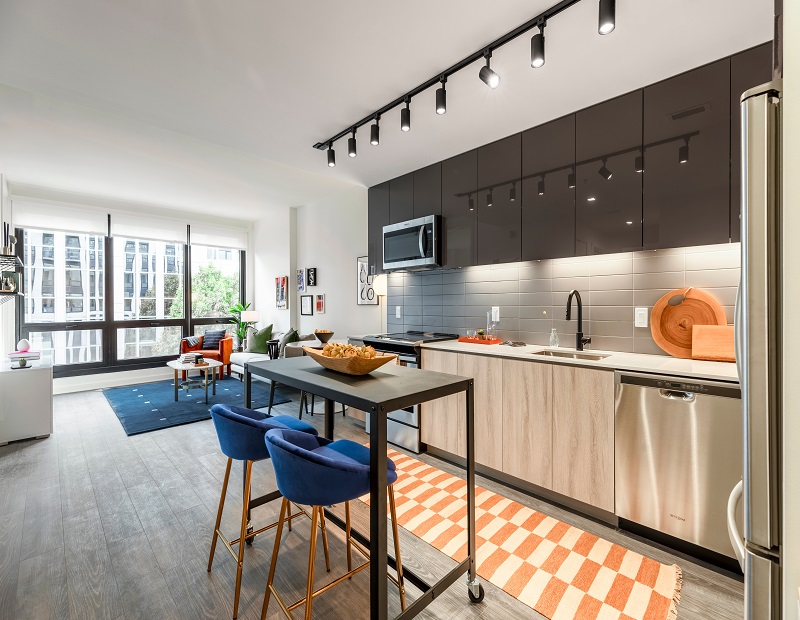
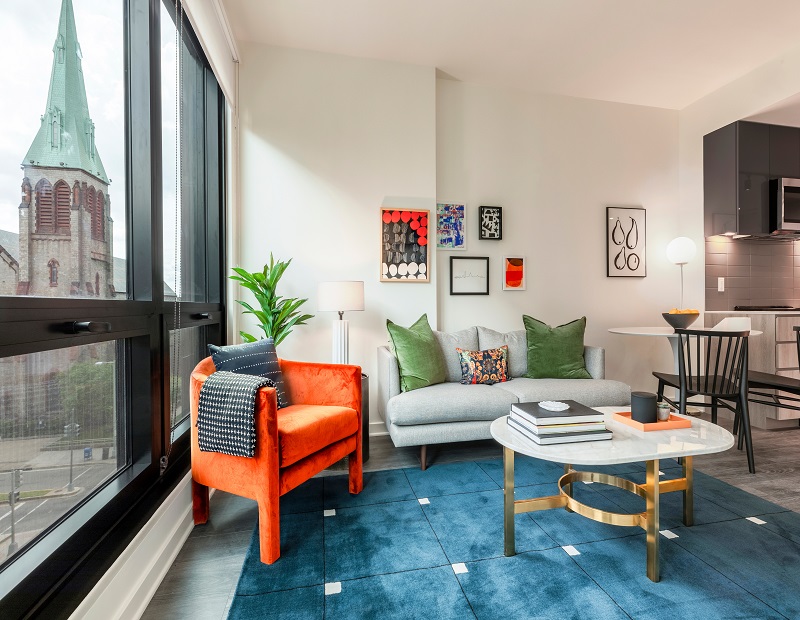

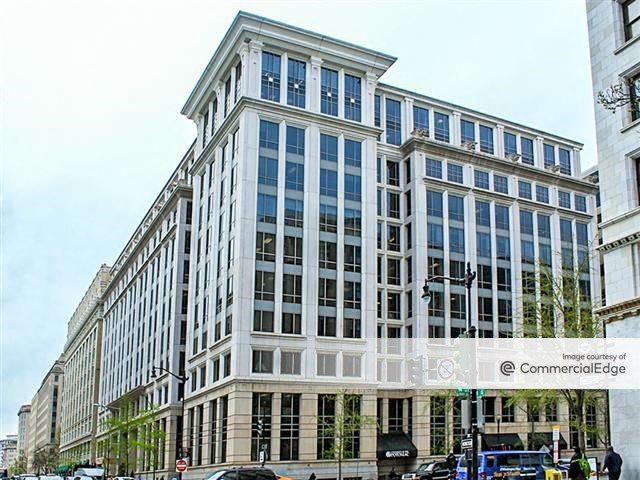
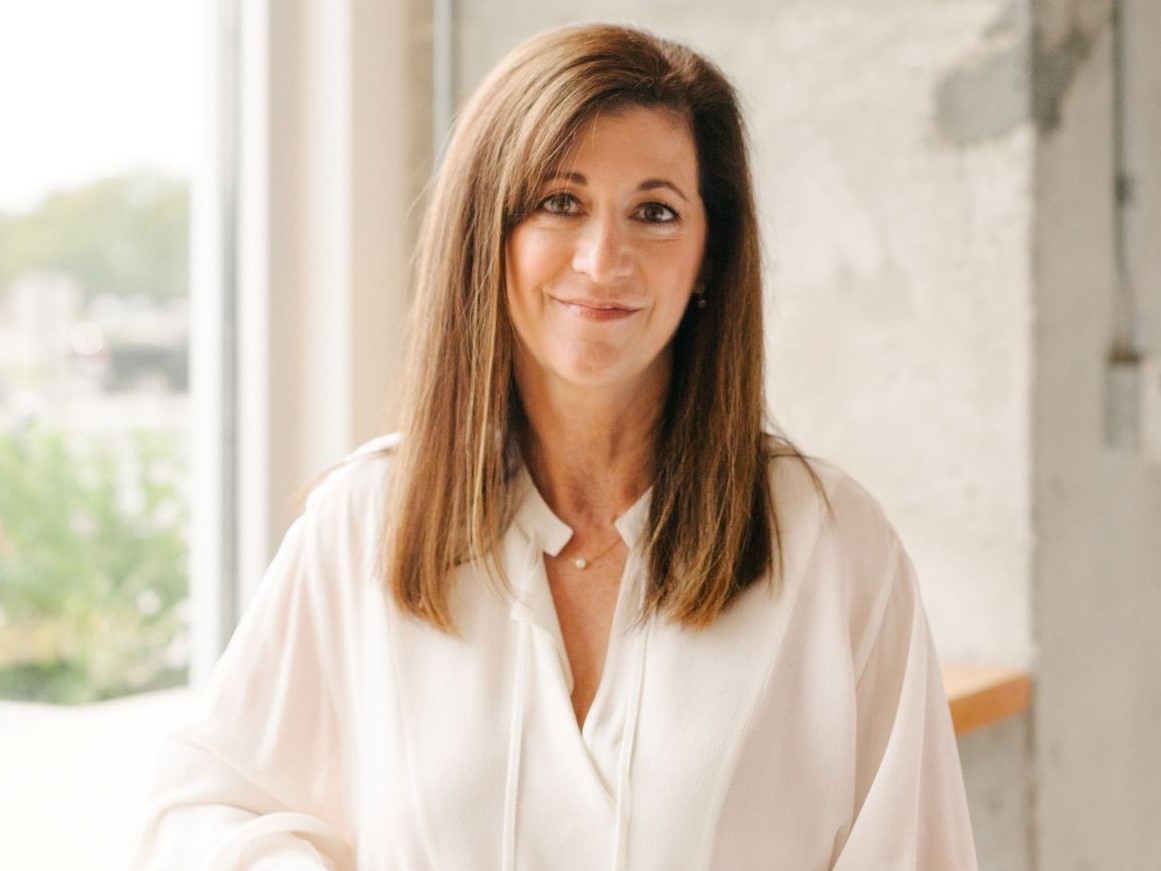
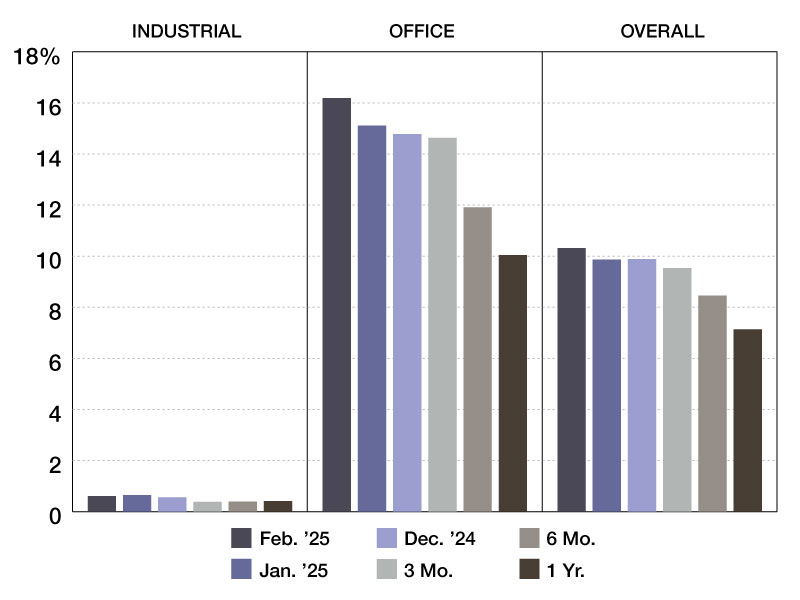
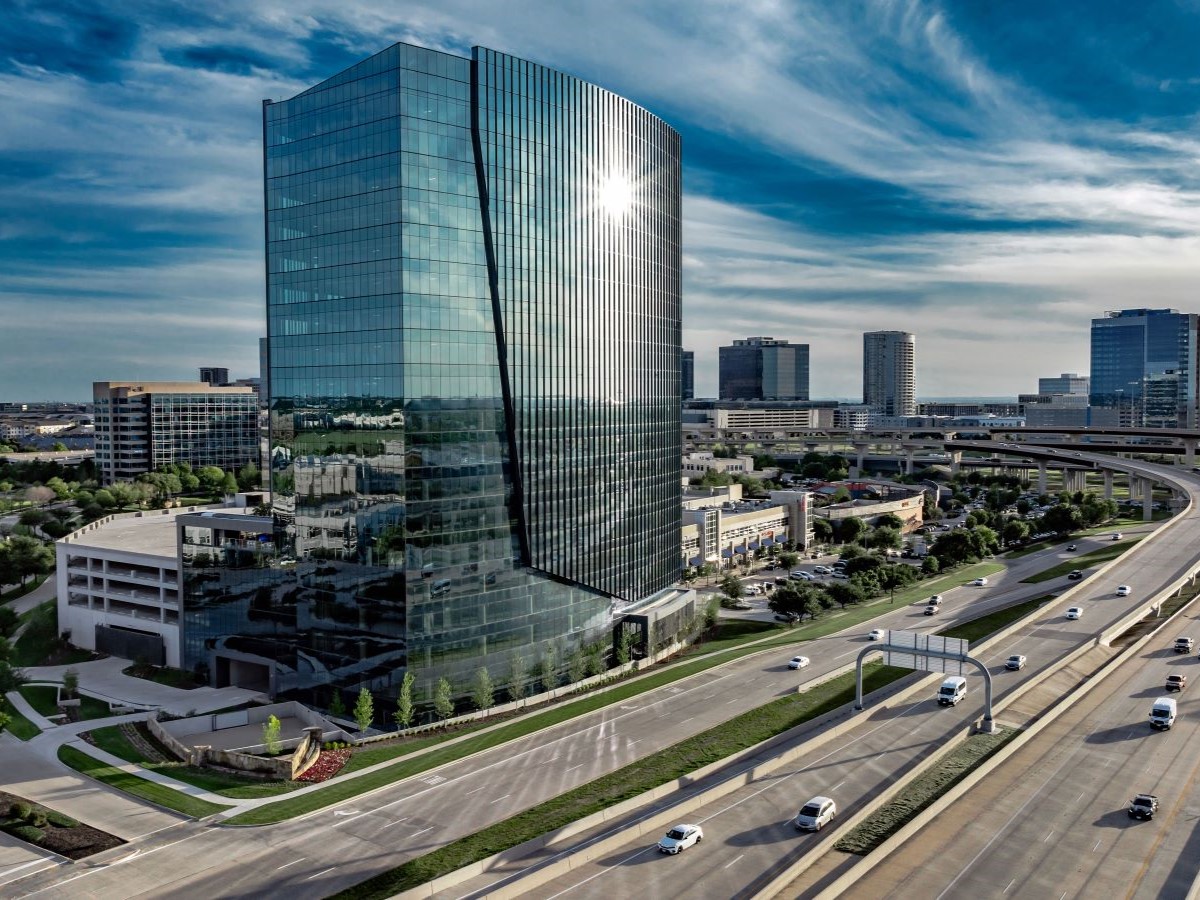
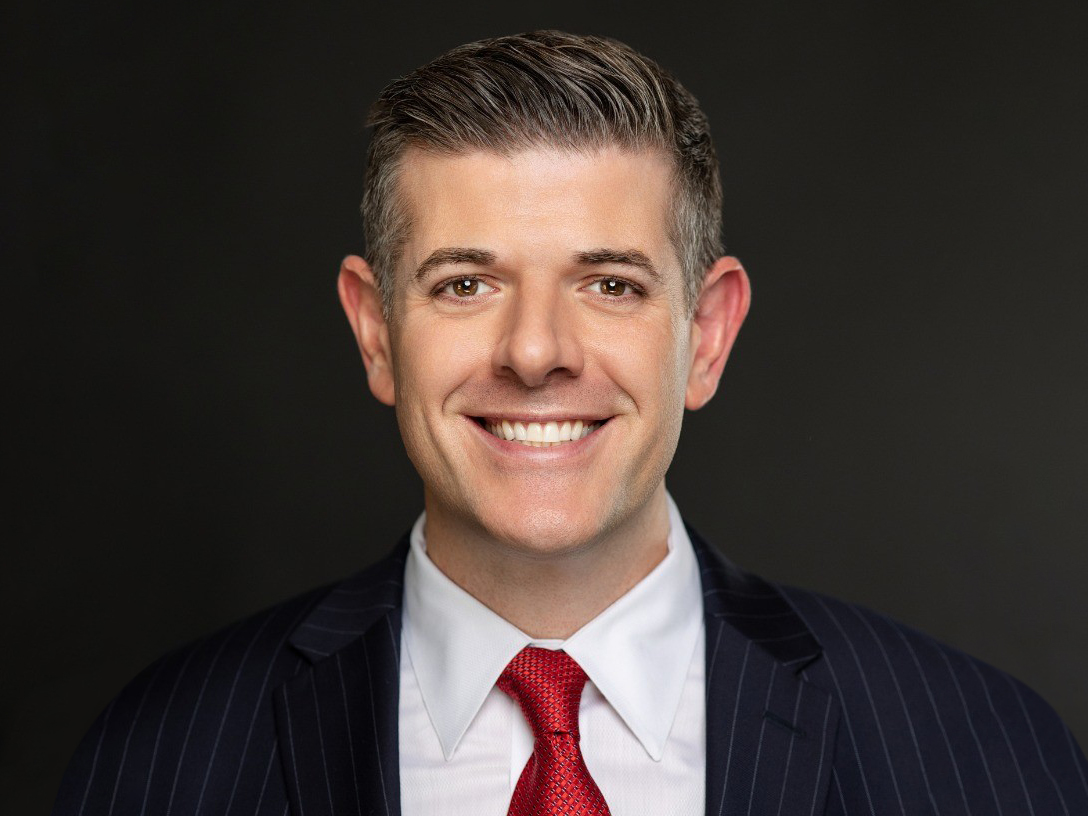
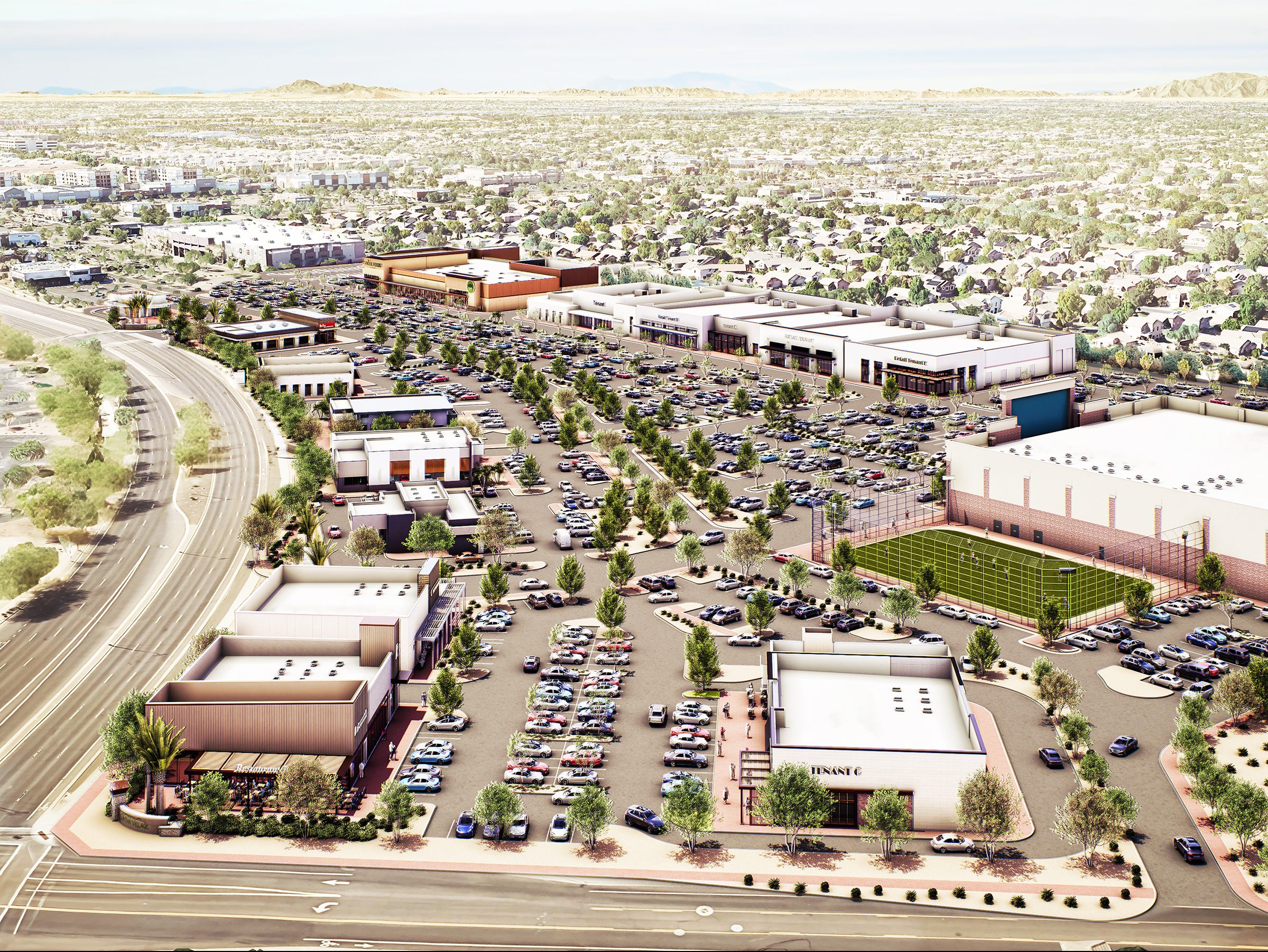
You must be logged in to post a comment.